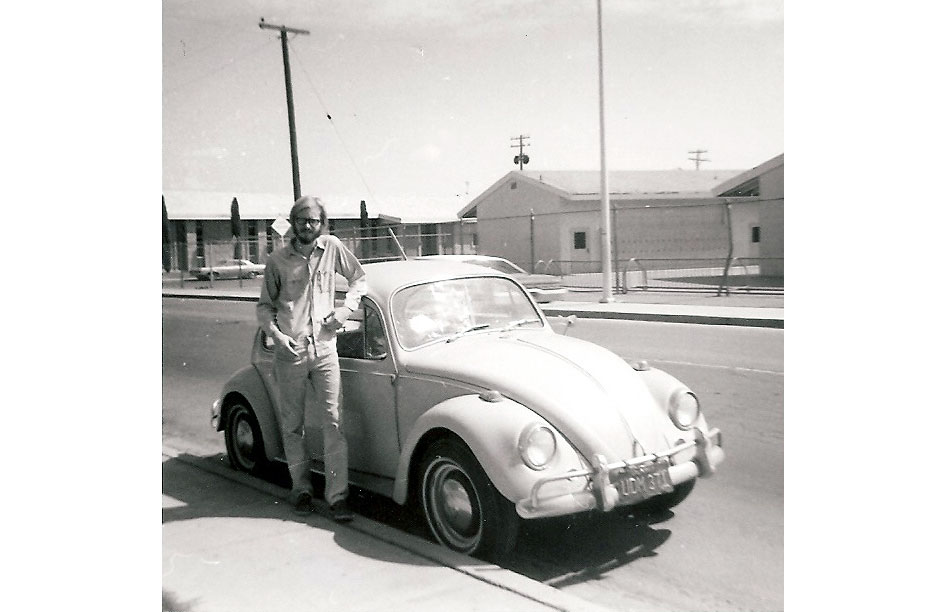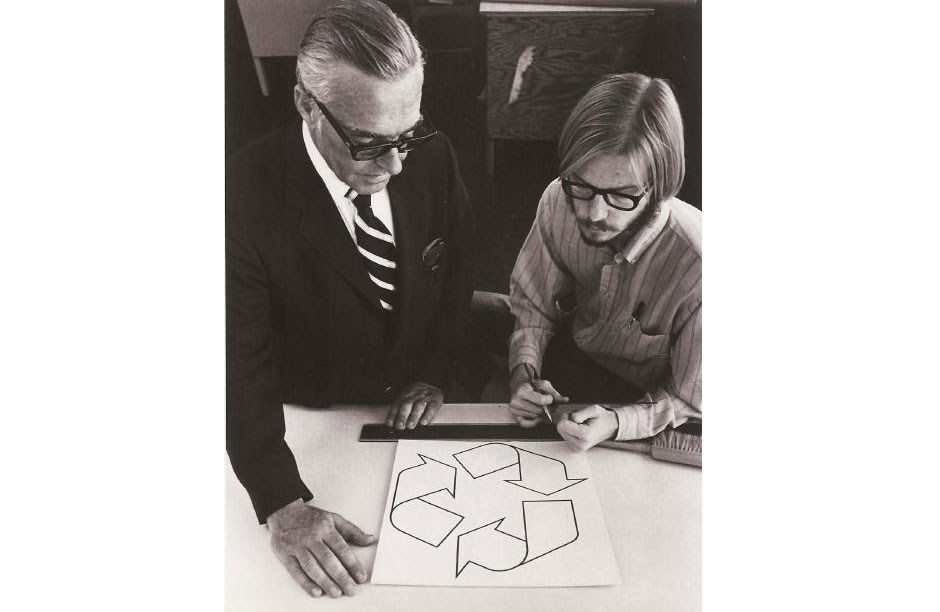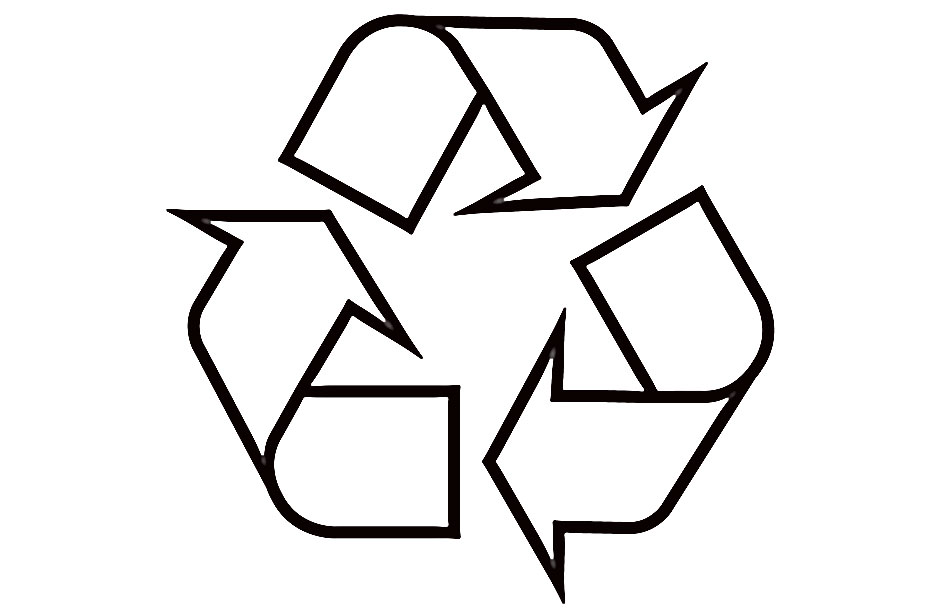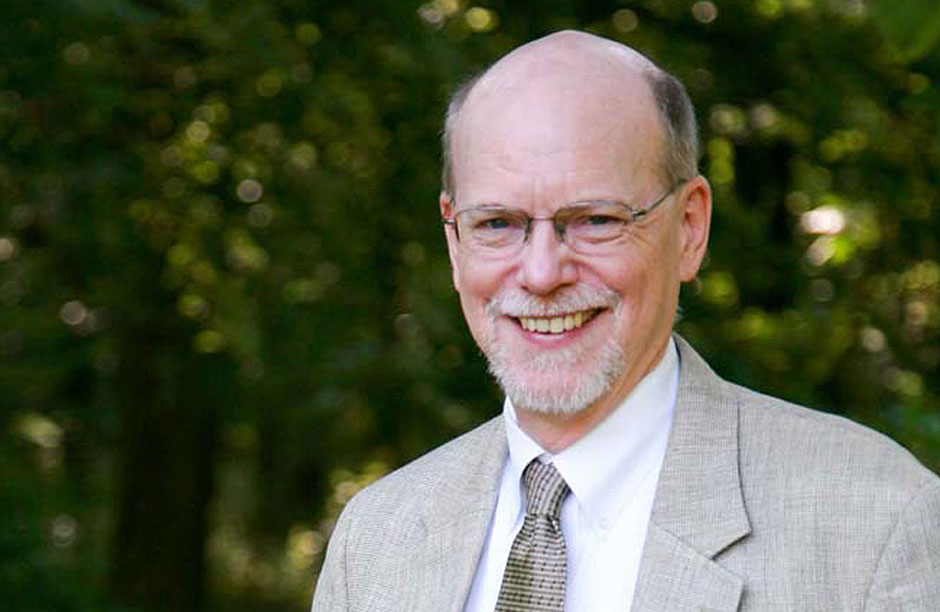PAST ISSUES
 Gary Anderson, creator of the recycling symbol, ca 1971
Gary Anderson, creator of the recycling symbol, ca 1971 Gary Anderson in 1970 after winning a design contest sponsored by Container Corporation of America.
Gary Anderson in 1970 after winning a design contest sponsored by Container Corporation of America. The symbol that launched a thousand environmental movements...This symbol has come to represent a shift in our collective consciousness - signifying the moment we were willing to admit that we were damaging our planet and that we need to do something about it.
The symbol that launched a thousand environmental movements...This symbol has come to represent a shift in our collective consciousness - signifying the moment we were willing to admit that we were damaging our planet and that we need to do something about it. Gary Anderson today. Image by Dave Huh.
Gary Anderson today. Image by Dave Huh. Symbol for our future? This is the winning design for a competition held last year by Cereplast, a bioplastics company. The symbol will be printed on the plant-based plastic products created by Cereplast. Gary Anderson was one of the judges of the contest.
Symbol for our future? This is the winning design for a competition held last year by Cereplast, a bioplastics company. The symbol will be printed on the plant-based plastic products created by Cereplast. Gary Anderson was one of the judges of the contest.
Recycle Man
By C. MalikIn 1970 Gary Anderson, a USC Graduate student entered and won a design contest sponsored by CCA – Container Corporation of America. The competition was to design a graphic symbol which would be used on recycled paper products and which could recognize a commitment to environmental sensitivity on the part of any manufacturer who was engaged in recycling. The winning symbol would be given over to the public domain. The competition was also to honor the first – Earth Day – which was held that same year. Gary’s simple but thoughtful design would go on to become the most iconic symbol of environmental action ever created. The symbol has circled the globe, evokes thought and action, it has no language barrier and never uses a single word. Thankfully for us when I met with Gary Anderson he had plenty to say. Since winning the contest in 1970 Gary has traveled the world pursuing his dreams in the field of Architecture and Planning. He currently lives in Baltimore, MD. I spoke with Gary by phone and very quickly it struck me that his accomplishments combined with his humble nature bared a striking resemblance to the fictional Superheroes that permeate our culture. Gary and I went on to discuss the concept of “Superheroes” and how they might play a role in saving the environment.
C. Malik : Mr. Anderson – do you think you’ve saved the world?
Gary Anderson: “I’d like to think I’ve had some impact; it wasn’t really that I consciously tried to do that but I think the symbol really has just by virtue of the fact that it kind of took off and people have come to really recognize it and understand recycling when they see it…you know, I think it has had a pretty big impact.”
CM: Are you a millionaire?
GA: Extended chuckle. Don’t I wish. No, No, No
CM: Why did you create the recycling symbol?
GA: Well it wasn’t for the money. It was more just kind of a challenge to me a challenge to myself. There was a poster that showed up in my school, the school of architecture and fine arts at USC, advertising this competition. Of course there was no entry fee and it seemed like something I could enter and that wouldn’t take much of anything in the way of resources other than myself some paper and drawing tools I already had. Unlike a big architectural project or something that would probably require input from lots of people, this is something that I could do on my own and seemed like something I could do. I could also support the reason behind the contest, I thought that was commendable so I spent a couple of days on it, came up with the symbol and submitted it.
CM: We talked briefly in our intro about “superheroes” and the expectation related to their symbols. When people see the recycle symbol what do you think that invokes in them, what does it mean to them?
GA: Hopefully recycling, I mean, beyond that people might have different reactions to it. But I think it has come to mean recycling in a lot of people’s minds, which is great, because that’s why they had the competition and that’s what I tried to do when I designed it, so hopefully that’s what people think of.
CM: Who is your favorite superhero and why?
GA: When I was a kid, which is getting longer and longer ago now the main superhero was Superman. I guess there where others around, there was the Phantom, I guess Batman was around already. Superman in my mind was it, he was the one I knew the most about and you know the one that had the highest profile certainly…so just to make the answer short; Superman.
CM: It’s interesting that you pick Superman and mention that the lack of clutter in the Superhero “space” at that time really made Superman stand out. With your symbol there seems to be little competition, would you agree?
GA: Especially when it first came out there really wasn’t, as far as I know there may have been others but that was the only symbol I was aware of for recycling. Frankly, I don’t want to be overly modest but I think just the fact that it was the first one, the first one to get some publicity because it was a competition held by a private company who invested in getting the image out there. I think those two things the fact that it was the first and did get publicity early on I’m sure that helped to establish it as the symbol.
CM: How has the wide adoption of the recycling symbol changed your life?
GA: Not so much. From time to time I get interview requests like this one and sometimes I get invited to functions. I am in fact going up to NJ next week they passed some legislation that mandated recycling in certain areas 25 years ago and so I’ve been invited to the celebration, the 25th anniversary for the NJ recycling program. Aside from things like that not too much, not too long after I won the competition I went overseas to teach so I was kind of out of touch.
CM: Recently you were involved in judging a symbol contest for a company called Cereplast can you expand on the work they are doing?
GA: I think it’s remarkable what they are doing, I don’t think they are the only company that does that, but I think certainly compostable biodegradable plastics are very important in maintaining environmental quality and not polluting the environment with petroleum based products. It’s just fascinating the kinds of products that can be created with bio-plastics and that they seem just as versatile as anything that can be made with petroleum based plastics – so I think it’s wonderful.
CM: What do you think is the most underserved environmental issue today?
GA: Because of what I do and my background I really think there could be much more emphasis and understanding about sustainable planning and urban development. I think it’s just so easy to sprawl, it’s so easy the way things are set up now, the way policy is written the way it is so easy to expand infrastructure. There are plenty of incentives to just build further out and there are no disincentives to keep from doing that or incentives to keep things more compact. I guess eventually it will happen, I will be happy when the public starts to demand more sustainable patterns of development as they do now with more sustainable consumer products.
CM: Who are your environmental heroes, past and present?
G A: Well I have to say they go way back as probably again to the late 60’s early 70’s when I first started be aware of these things myself. So they are really kind of historic now but certainly Ian McHarg who was a landscape architect and planner who wrote the book “Design with Nature” and influenced a lot of people in my generation about sustainability before it had that name. Rachel Carson. She really brought to the attention of the general public what some of the really dire problems could be if we didn’t start to look more carefully or consider more carefully what we’re doing to the environment. Also Bucky Fuller (Buckminster Fuller). Those are the three that come to mind. People should Google them if they don’t know about these people.
CM: If you could create your own Superhero what would it be and what super powers would they have?
GA: I guess it would be “Recycle Man” with the recycling logo on his jersey, whatever that is that superheroes wear or tattooed to his chest or something I don’t know. He would, or she, maybe it’s “recycle lady” or “recycle woman” would fight wasteful practices and nurture an appreciation of sustainability.
